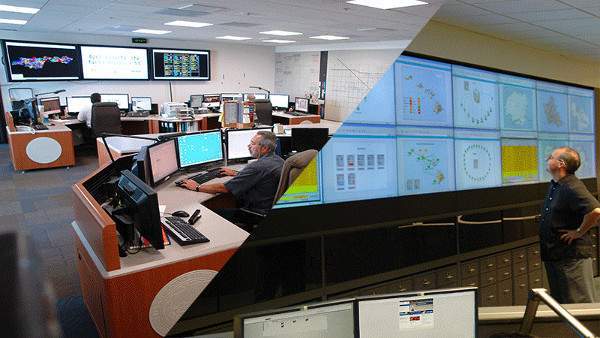
What are video walls?
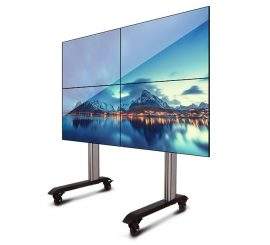
Video walls, or, as they are also called “split screens”, are becoming more and more widespread in the world around us. They differ both in the type of construction and in the areas of application To understand all this diversity, we will give an overview of video walls, starting from their technical features.
- by type of constituent elements (let’s consider what technologies video walls are based on);
- by size (we will indicate the size ranges depending on the technologies used);
- by the method of fastening (what mounting options exist);
- by spatial (3d) configuration (mutual arrangement of elements);
- by the width of the seam (the distance between the image of adjacent elements of the video wall);
- by brightness.
Basic principles of video wall classification
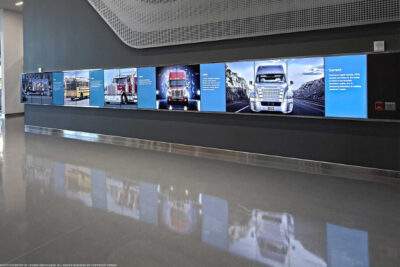
- by type of constituent elements (let’s consider what technologies video walls are based on)
- by size (we will indicate the size ranges depending on the technologies used)
- by the method of fastening (what mounting options exist)
- by spatial (3d) configuration (mutual arrangement of elements)
- by the width of the seam (the distance between the image of adjacent elements of the video wall)
- by brightness.
Elements that make up a video wall
LCD video walls
Today, liquid crystal panels are most often used to build video walls. In LCD displays, the image is formed by controlling the flow of light using the polarization of liquid crystals. LCD panels are reliable. Today in Pakistan, professional video walls in 80% of cases created from them.
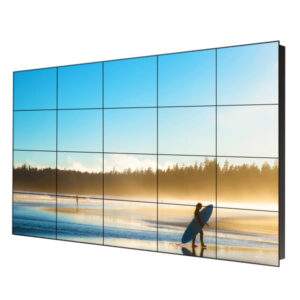
Video walls from video cubes
However, for special tasks – where, for example, a minimum seam between screens is needed – video cubes, or projection cubes, are used. In them, the image is obtained using a projector and a system of mirrors. In essence, the projection cube is a rear projection screen and a small multimedia projector installed inside the cube.
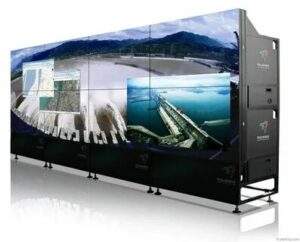
LED video walls
Video walls made of LED modules exist and are gaining popularity on the market. An important characteristic of an LED screen is its ability to reproduce a certain number of colors.LED video walls are becoming a rapidly growing trend. Video walls based on LEDs with a small pitch, less than 1 mm, have already been developed to replace display solutions. They give a quality comparable to LCD panels of the main characteristics of an LED video wall is the size of the pixel gap. Inexpensive LED modules, due to the grain size of the image, cannot yet be used for production purposes and monitoring in situational centers and control rooms, but they are quite suitable as advertising screens.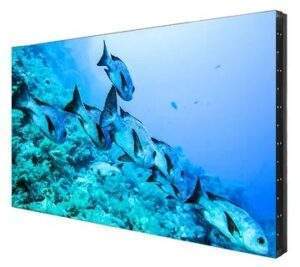
Video wall based on multimedia projectors
Video walls can also include split screens assembled by connecting images of projectors (the so-called “stitching”). Such solutions require additional space, are often inferior in brightness, but also allow you to build a video wall.
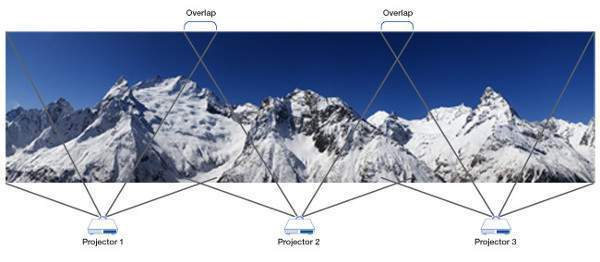
Video wall dimensions
Video walls made of LED modules with a professional approach have practically no restrictions and gradations in size. The same can be said about split screens built using video projectors.
Video cube and LCD panel video walls can be divided into the following types according to size: small, medium, large and super wall.
small video walls
Split screens are built from a small number of elements (from 4 to 8 panels), with an area of approximately 3 to 8 square meters. Such video walls are used in advertising, in small control centers. Such a video wall is placed on the wall of the room and can become a display tool for a conference room or situational center. Its assembly is no problem for a professional.
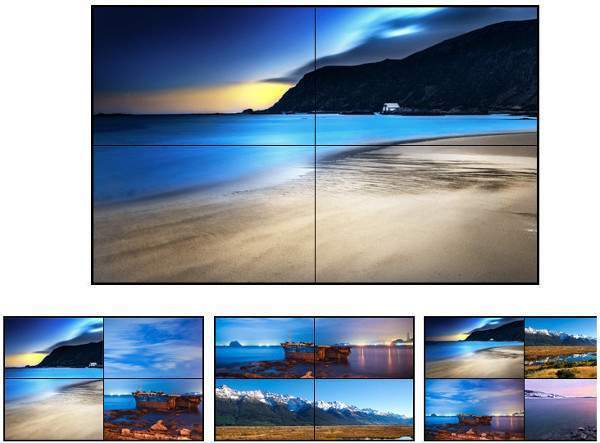
Medium-sized video walls
Medium-sized video walls – from 9 to 16 elements, with an area of 7 to 15 square meters – are used, as a rule, in control rooms, situational and monitoring centers, and are also used as backup screens at concert venues. Including they serve as information boards at transport hubs (at airports, and train stations). They are also used in television studios as backdrops and, of course, in advertising.
Such solutions already require detailed professional design, since usually in these cases specialized equipment is used to control the display of signal sources.
Large video walls
Walls with a lot of elements most often serve as screens on art objects or are used to demonstrate the capabilities of the LCD panels themselves. Another of their applications is the main video display screen in large monitoring and situational centers.